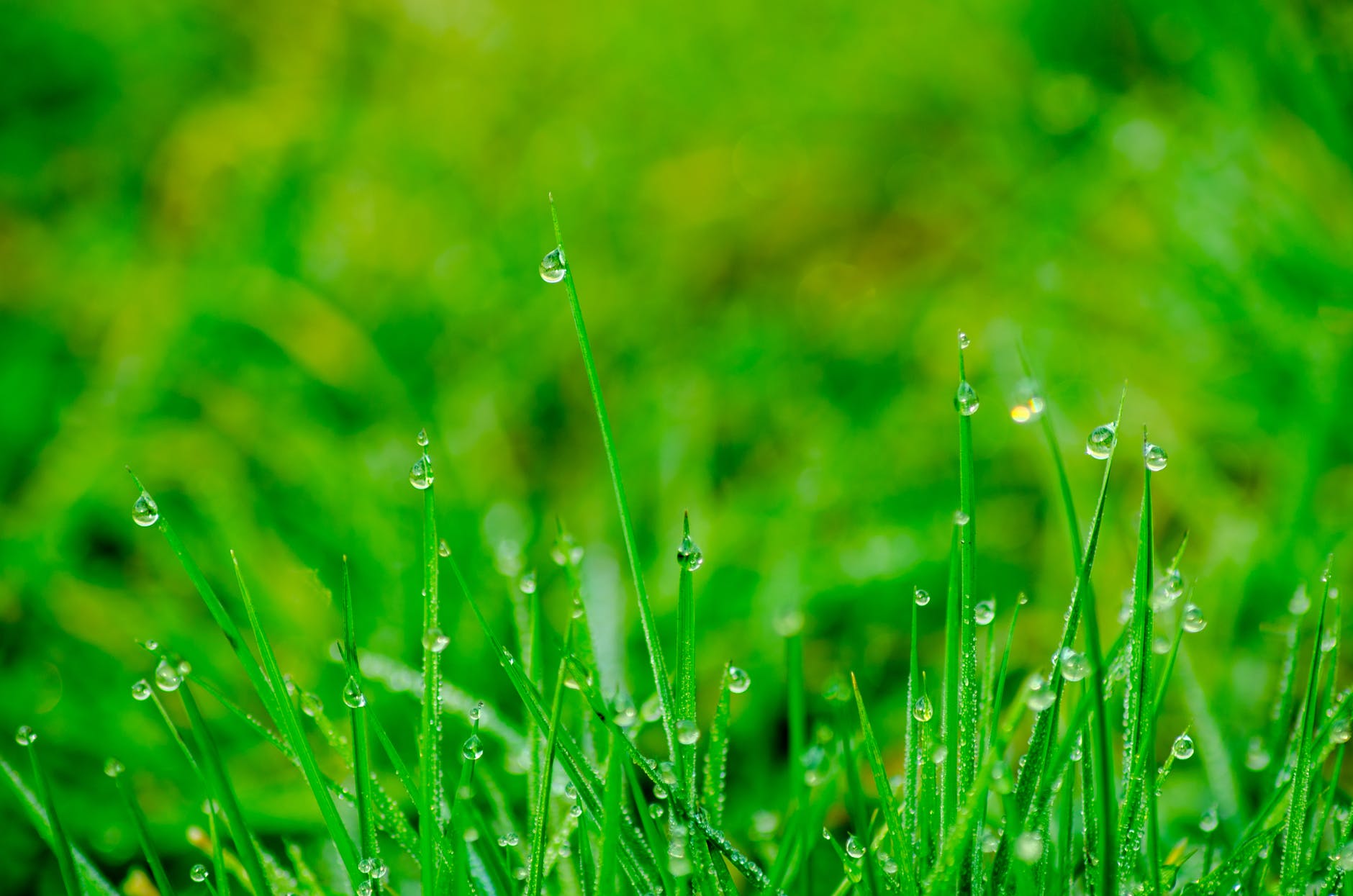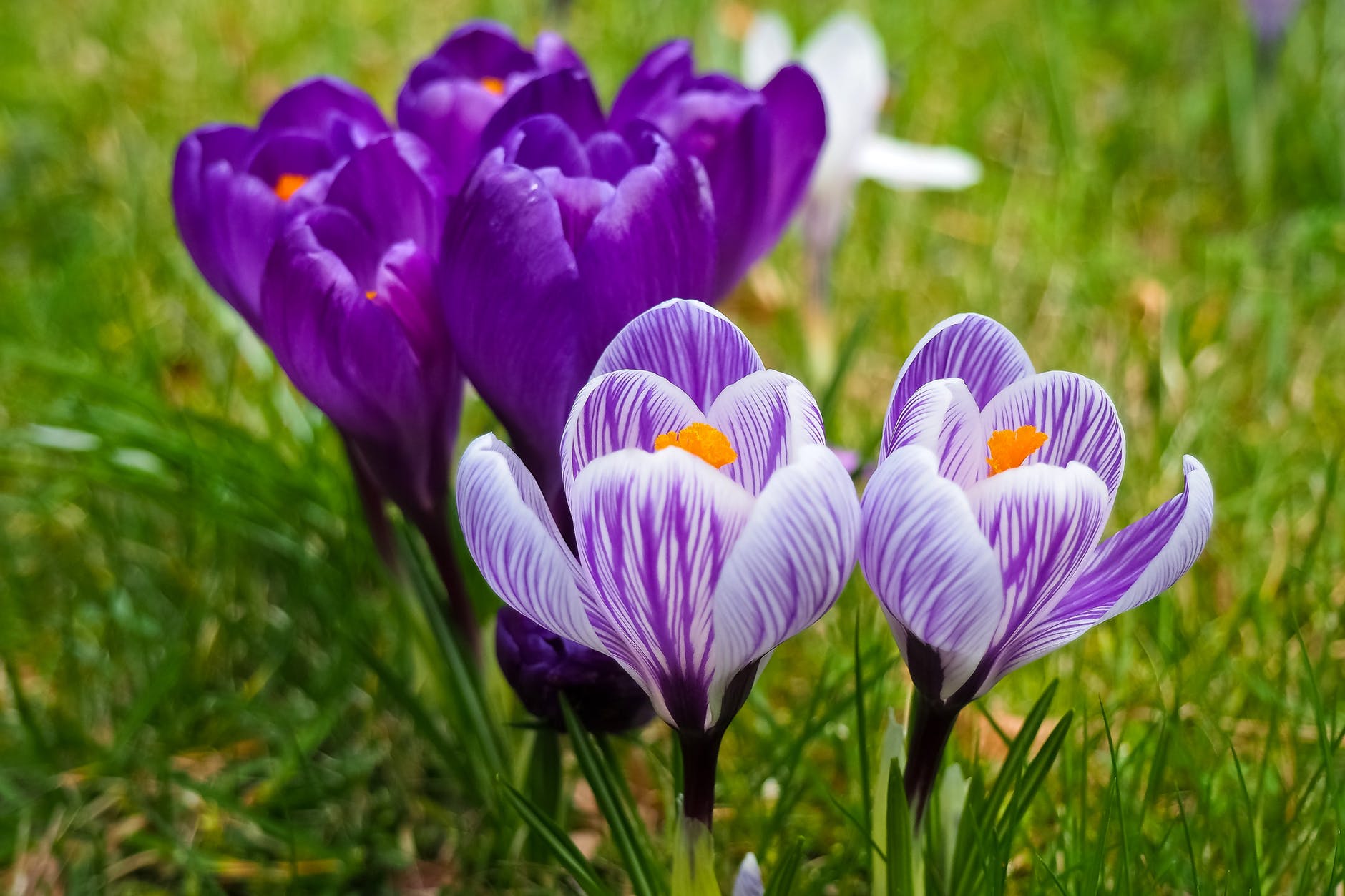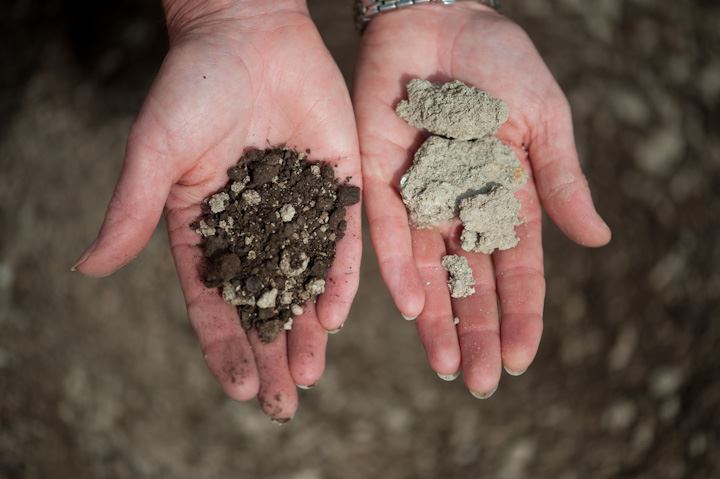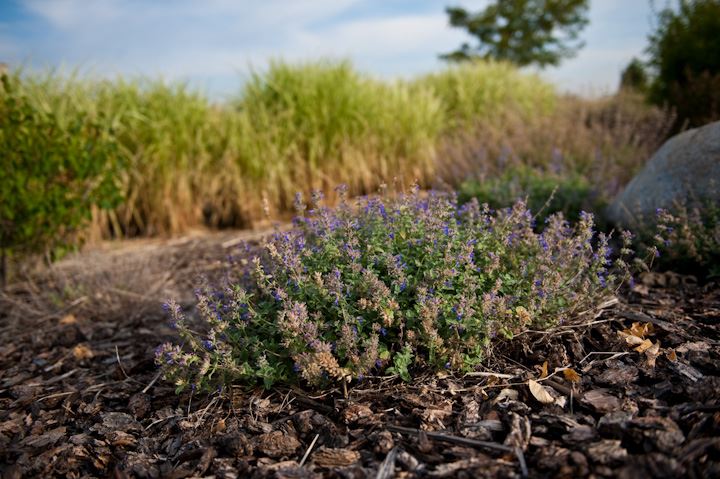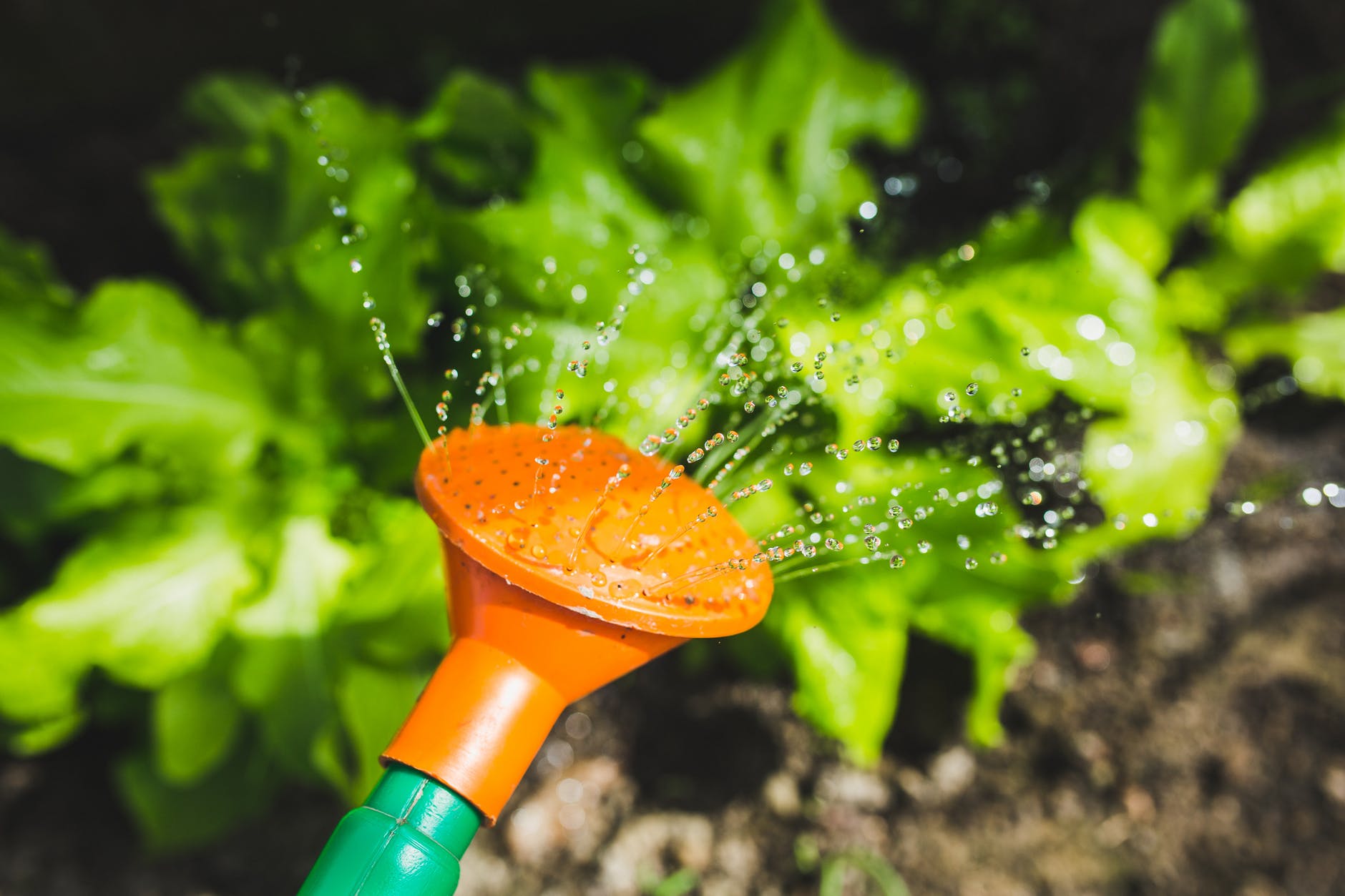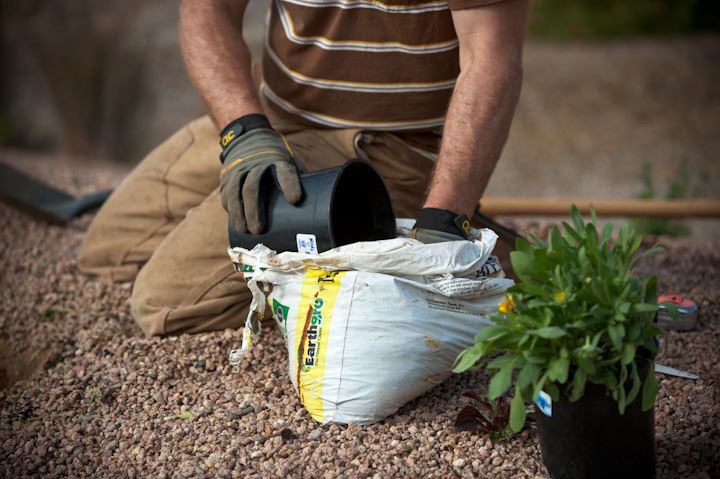We Are Colorado WaterWiseAddressing the state's water challenges by improving water efficiency through diverse community connections, innovative solutions and valuable member resources |
What is Xeriscape?What Xeriscape is |
The Seven Principles of Xeriscape
| Plan for water conservation and beauty from the start. Create a design makes it easy to complete your project in phases. |
| Create Practical Turf areas of manageable size, shape and grade. In areas that receive a lot of foot traffic, Kentucky Bluegrass is likely the best choice. Just keep those areas to a minimum. Make sure they're relatively flat so that you can irrigated efficiently. |
| Select Low-Water Plants and group them according to their water needs. This is also known as hydrozoning. Do some research on your plants to determine their water needs, then experiment with watering at home to see what works best for your landscape. |
| Use high-quality Soil Amendments as you plant. An organic, #1 or #2 Compost is the best choice. The number designation means it has fewer salts that could build up in the soil and harm your plants. |
| Use Mulches, organic (like wood chip) or inorganic (like river rock) to reduce evaporation and to keep the soil cool. Some plants prefer one or the other, so be sure to do your research. |
| Irrigate efficiently with properly designed systems and by applying the right amount of water at the right time. If you hand water, be sure to use a nozzle on the end of your hose. |
|
Maintain your Xeriscape properly by mowing, weeding, pruning and fertilizing according to each plant's needs. Most low-water plants, especially ones native to your area, don't need fertilization.
|
What Xeriscape is not
-
Xeriscape is NOT anti-lawn. Even though Xeriscape landscaping can be spectacularly colorful, even lush, limited areas of more highly-watered landscape like grass lawns are often necessary. Kentucky Bluegrass turf is still the best option for an athletic field and other areas that get high foot traffic. Xeriscape means "less lawn landscaping" rather than "lawn-less landscaping."
-
Xeriscape is NOT just rocks and gravel.
That would be called a Zeroscape. Plants are a vital part of a beautiful xeriscape. Rock gardens can be truly marvelous, they're still gardens with living plants.
-
Xeriscape is NOT just native plants . Although there is avast array of wonderful native plants, there are many low-water, non-native plants that are well-adapted to your climate. For example, iris, tulips, and even roses are examples of introduced plants that are well adapted to low-water landscaping in the Rocky Mountain region.
-
Xeriscape is NOT a monoculture. On the contrary, well planned Xeriscapes are examples of beauty and diversity that make neighbors envious.


